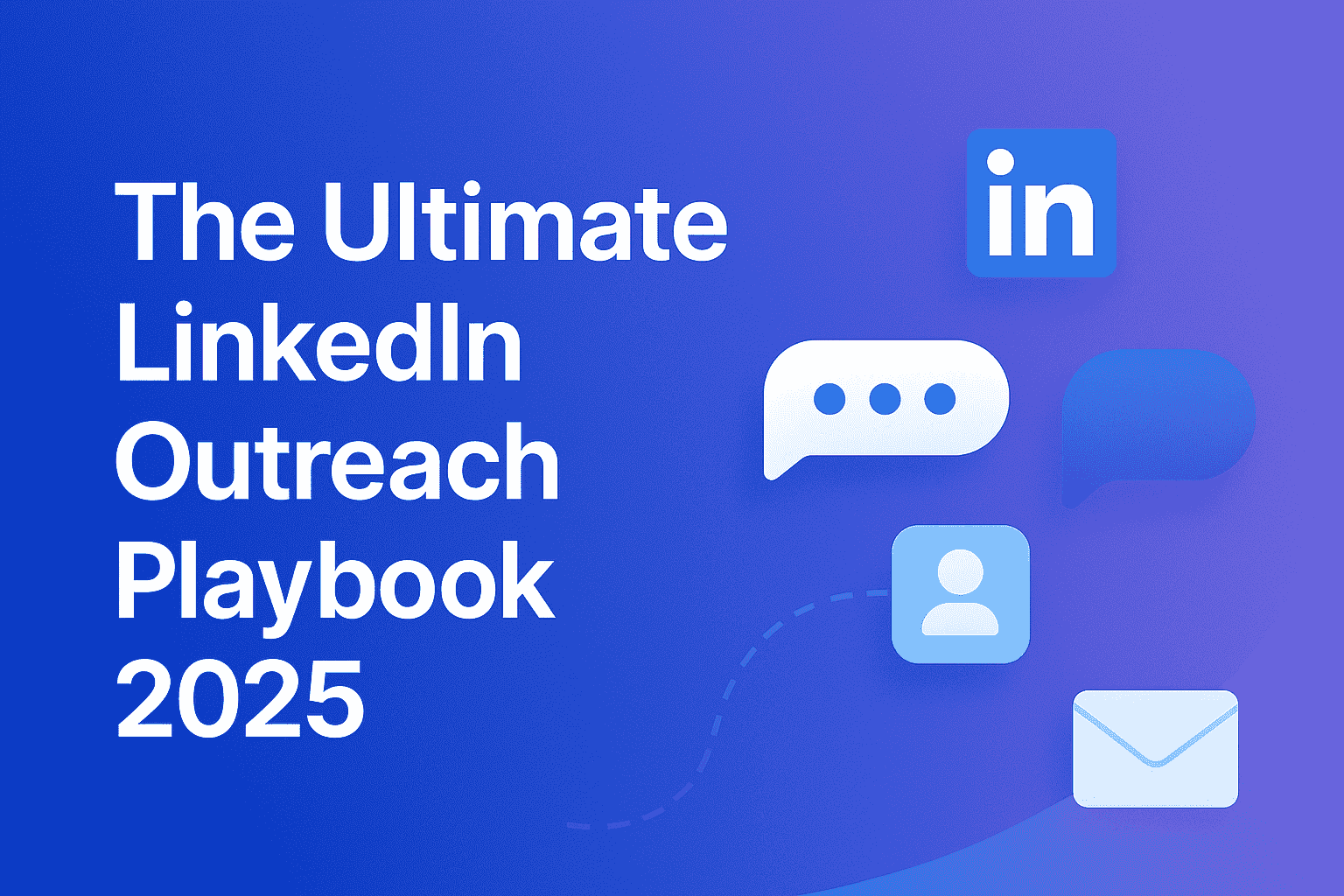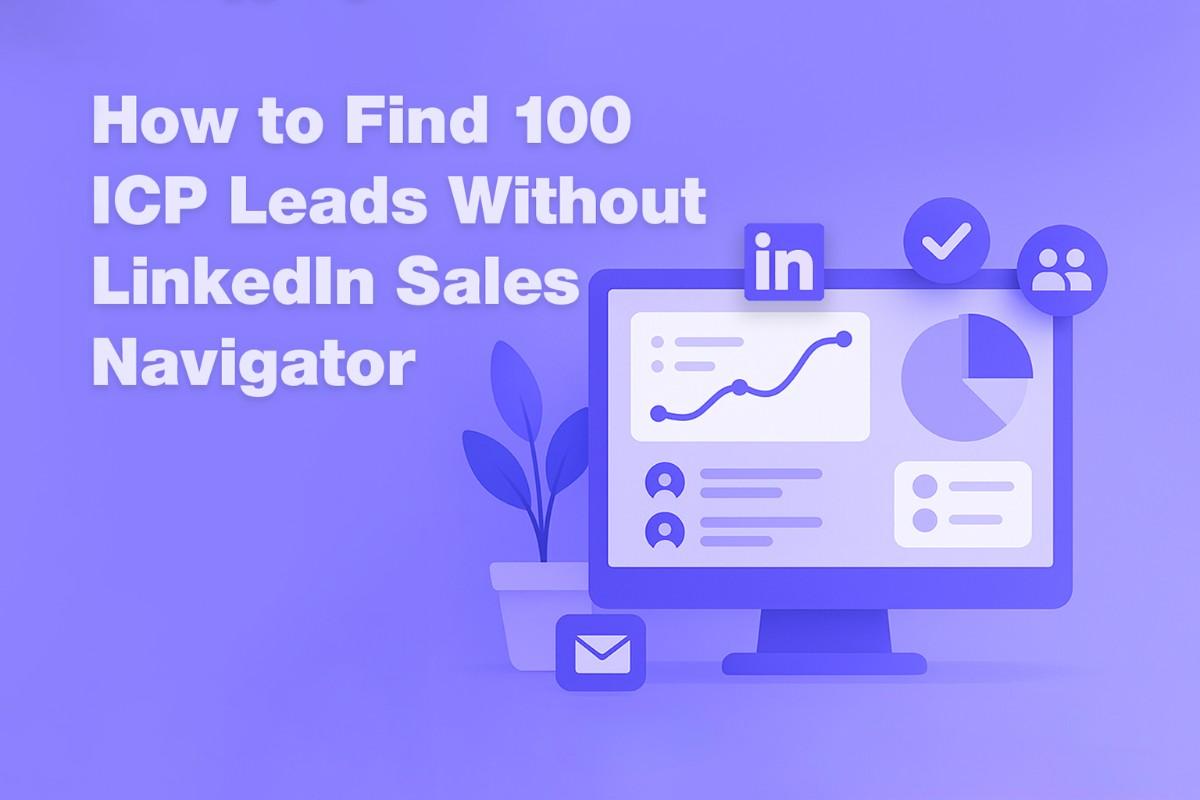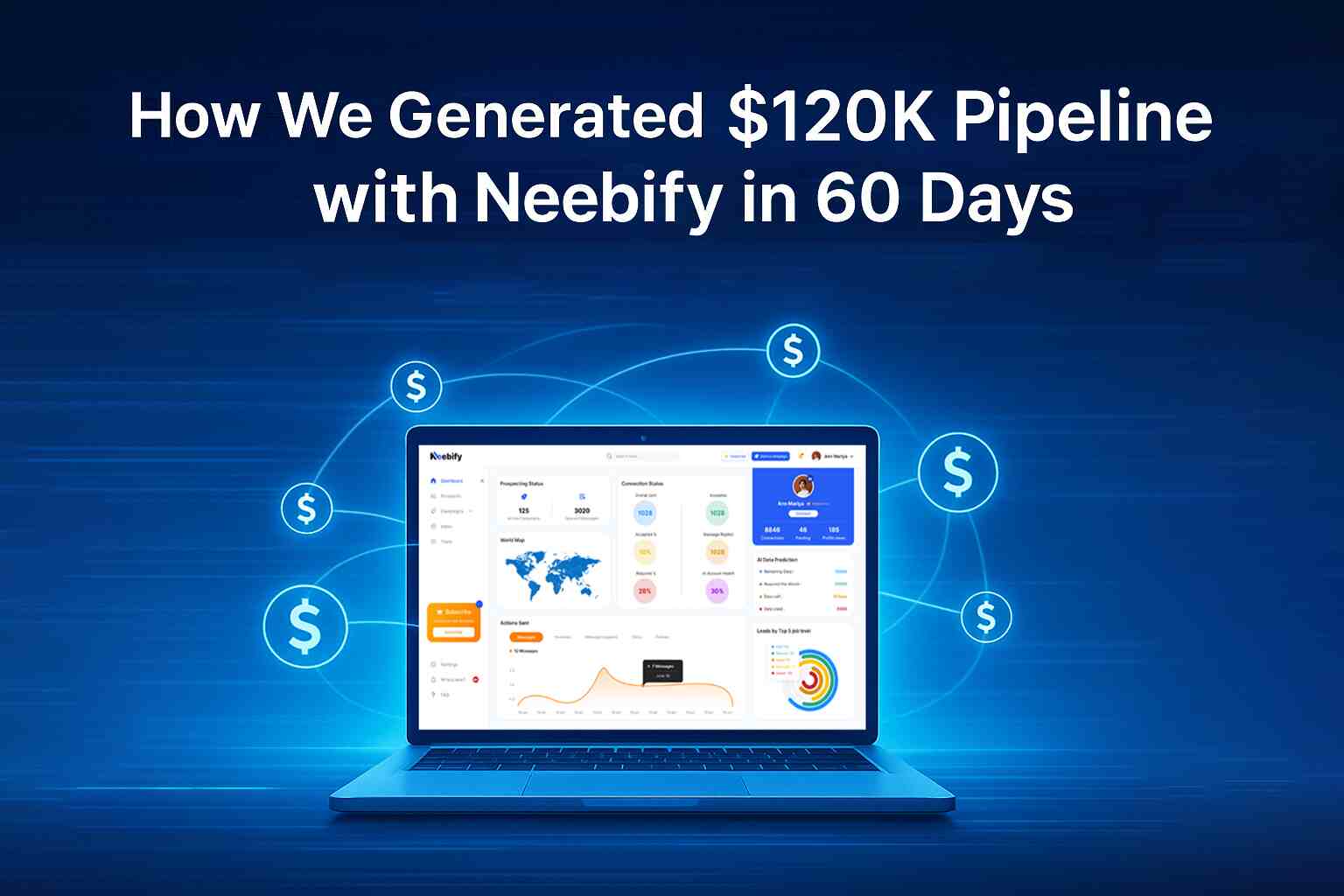Table of content
What are 5 common mistakes in automatic lead generation with examples? How can we avoid them?
A highly effective tool in modern marketing, automated lead generation has the ability to not only up the task of spotting possible customers but also nurture them further up the sales funnel. However, it's easy to slip into a mistake that brings down the efficiency of this process. Here are five such mistakes of automated lead generation and examples along with solutions to avoid them.
1. Over-Reliance on Automation Without Human Oversight
Example:
Now, imagine a business that uses an automated lead generation mechanism that fires out emails based on actions. These follow-up email settings are set to send every two days—whether the lead has acted or even replied. Several emails get sent to potential leads even if they responded and acted interested, thus frustrating them and setting a bad light on the brand.
Solution:
While this can certainly be automated to some extent in terms of repetitive tasks, human judgment cannot be overruled. There needs to be a system in place for regular monitoring of the automation to ensure that it is working in coordination with the needs and behavior of the leads. Implement a system where the automation pauses or changes its approach according to the interaction of the lead. For example, if a lead opens an email and clicks a link, the system should trigger a different response, like a personal follow-up by a sales rep.
2. Ignoring Lead Quality in Favor of Quantity
Example:
A SaaS company sets up an automated lead generation campaign through which they manage to collect thousands of email addresses in exchange for a free e-Book. But alas, most of the leads are not really interested in the product but only wanted to download the free content. The sales team then chases the leads, spending time on leads with very little probability of conversion—leading to low sales and frustrated salespeople.
Solution:
Work on quality leads, not quantity, by refining your targeting criteria. Rather than generic lead magnets, create content that will resonate more specifically with your ideal customer profile. For example, instead of an e-Book, create a case study or white paper that directly speaks to explicit pain points relevant to your target audience. Use lead scoring to prioritize leads based on their engagement level and potential to convert.
3. Failing to Make Your Communication Personal
Example:
There is a retailer who is actually doing a campaign. It is sending emails with discount codes to all prospects, yet there is no personalization at all. This is creating the impression to many that this is a company not being able to understand their needs. The engagement and conversion rates are dismally low .
Solution:
Personalization is the key to successful lead generation. Customize the communication using the data gathered from the leads. For example, if you know that a lead has already shown interest in a certain product category, send them personalized offers in that category. Drop in their name, refer to their past interaction with your brand, and make it sound as if the communication was custom-made for them. Tools like dynamic content and personalized email templates can help you automate this process while still personalizing your efforts.
4. Not Integrate Lead Generation with CRM
Example:
A financial services company runs one of the most successful automated lead generation campaigns around—hundreds of high-quality leads. But these leads are held in another system and not integrated into the company's CRM system. Therefore, the sales team never gets the visibility of the journey those leads have been through, and the follow-up gets missed, along with the lost opportunity.
Solution:
Integrate your lead generation tools with your CRM. This gives a summary of all lead data centrally at any one time, thereby proving the total journey of the customer. The onboarding of new customers into the system should be automated to the CRM with the necessary data related to source, interactions, and lead scoring wherever relevant. This provides the sales team with an effective way to monitor and nurture leads. Many modern CRM platforms now offer seamless integrations with lead generation tools, making your whole system much easier to keep uniform.
5. Not Strategize Enough on the Factor of Constant Testing and Optimization
Example:
An e-commerce business starts an automated lead generation campaign with a pre-set of email templates and targeting criteria. The campaign performed okay, albeit critically lower at some point. Yet, the company does not test any other way to optimize the default one, and the campaign goes into a stalement.
Solution:
Testing and optimization run favorable with how successful any automated lead-generating campaign is over time. Be sure to continuously keep reviewing the performance of your campaigns: open rate, click-through rate, and conversion rate. A/B test various elements like subject lines, email content, CTAs, and targeting criteria so that you know what works best. Watch trends in the industry and changing customer behavior so that the strategies are attuned to this. This will help you always keep your campaigns looking new and fresh with data-driven adjustments.
Conclusions
Automated lead generation is very much needed and has a huge scope of implementation, though it also has a downside. By identifying and avoiding such mistakes—relying too much on automation, prioritizing quantity at the expense of quality, failure to personalize approaches, not integrating well with CRM, and not optimizing continuously—you can actually put your efforts in the right direction and bring about better results. It means to say that automation should power human judgment and not act as a replacement for it. By getting that balance right, an efficient process of lead generation can be developed.
Get your next meeting in a
matter of minutes.
Free Trial
Latest
The Ultimate LinkedIn Outreach Playbook 2025
A practical, modern guide to mastering LinkedIn outreach in 2025 — learn how to boost reply rates, p
12/1/2025How to Find 100 ICP Leads Without LinkedIn Sales Navigator
Generating 100 targeted ICP leads doesn’t require LinkedIn Sales Navigator. Learn how to leverage fr
11/28/2025


